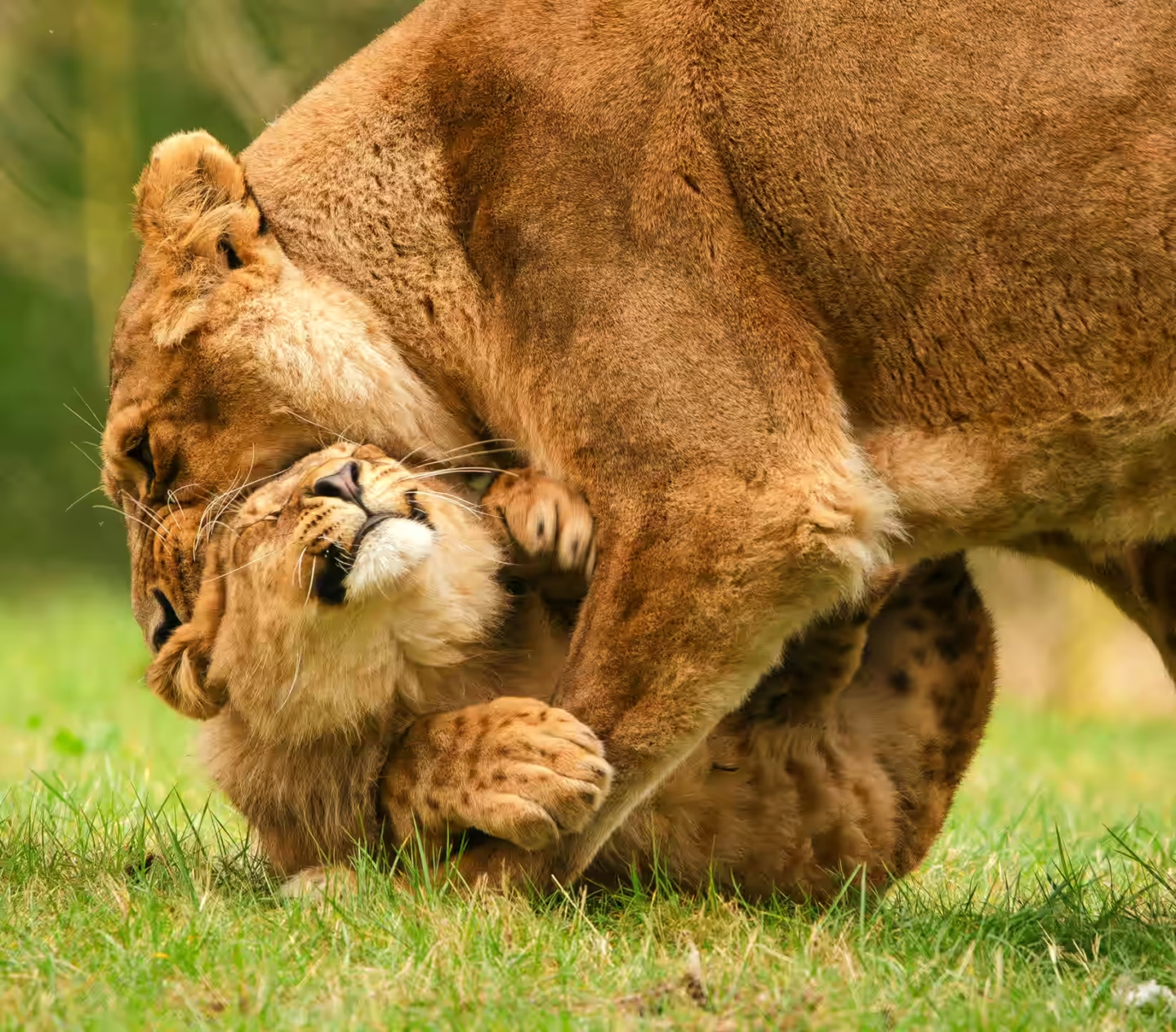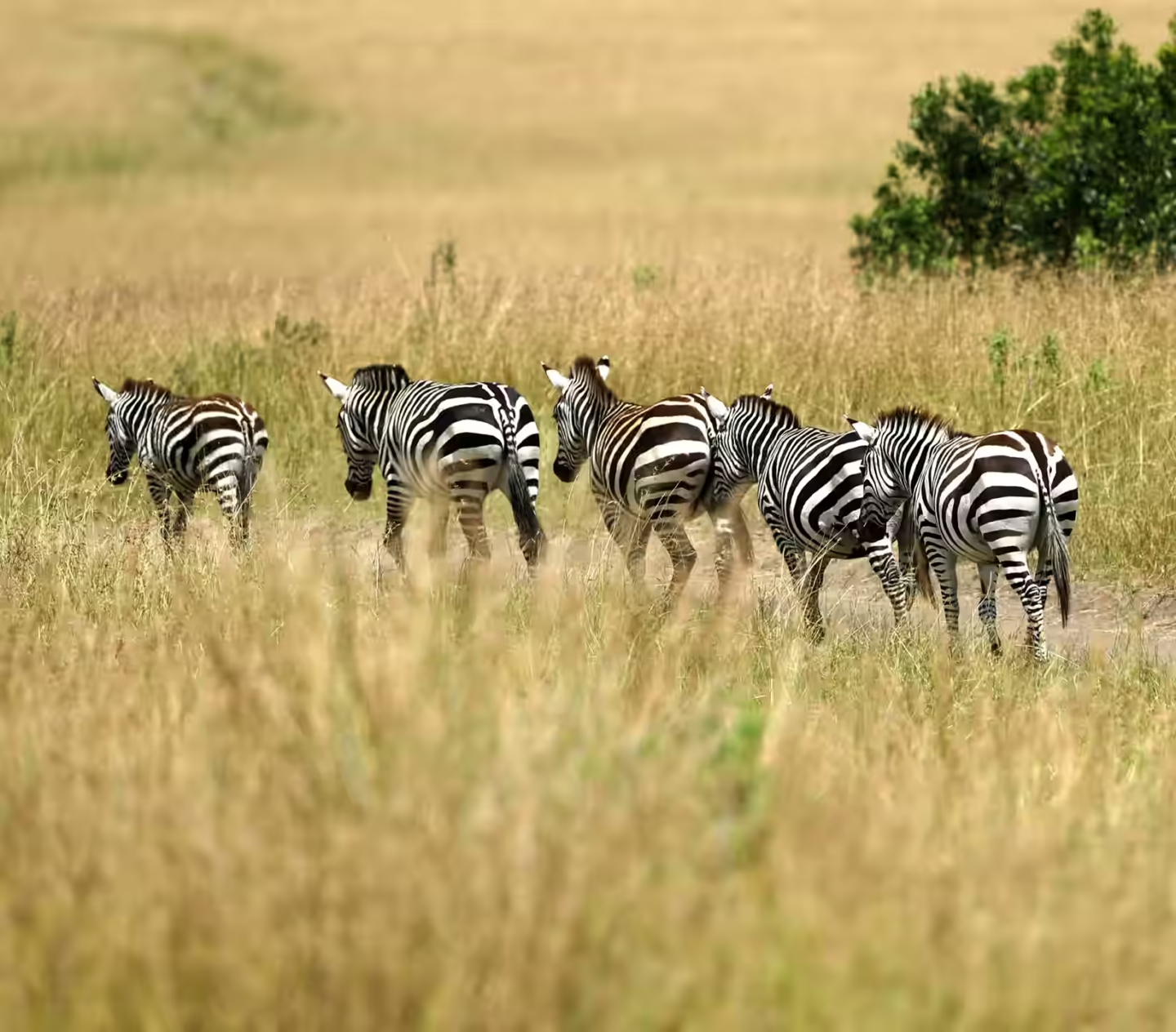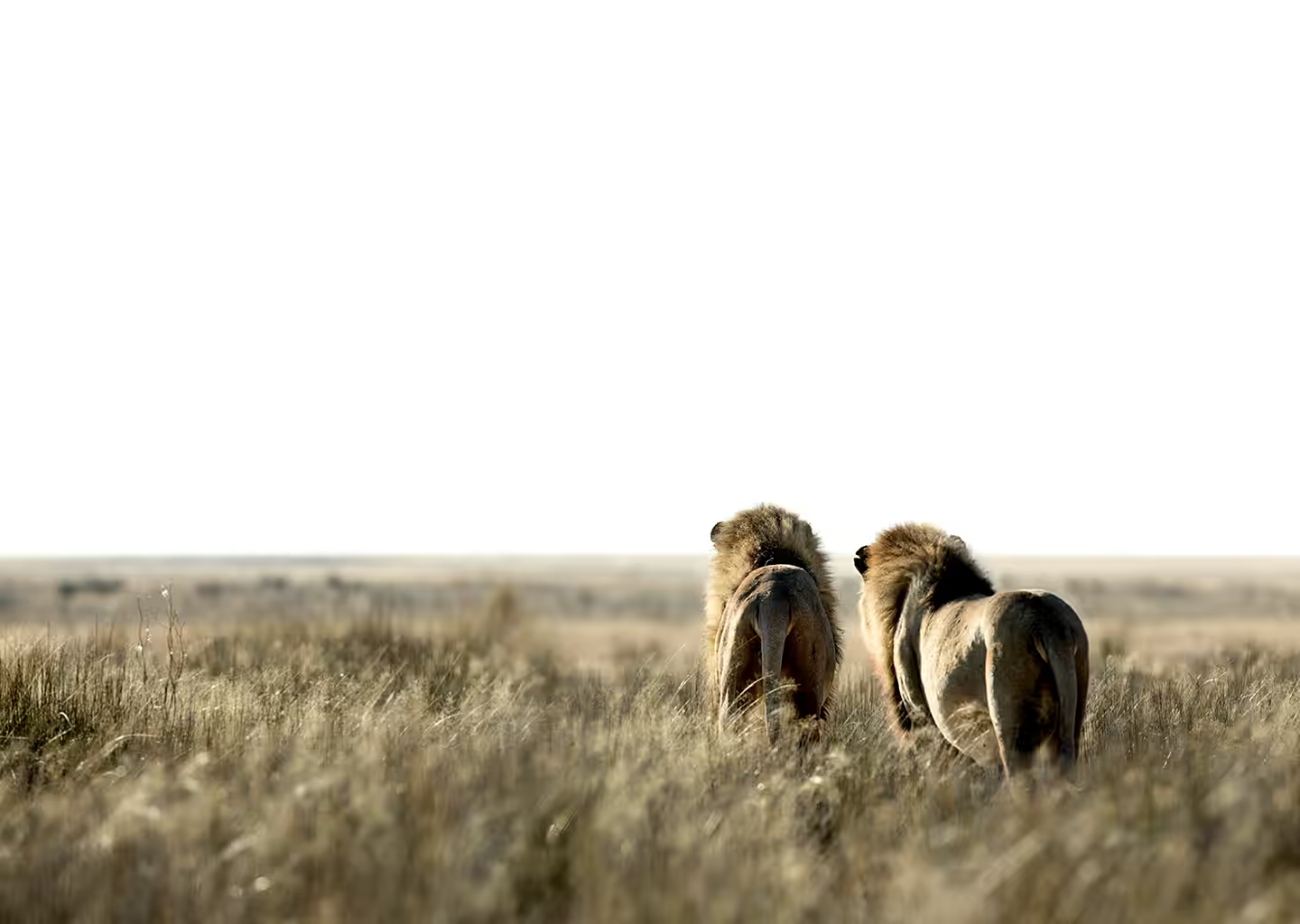After spending countless seasons in the African bush, I’ve learned that timing transforms everything about a safari experience. Let me walk you through East Africa’s seasonal rhythms and help you choose your perfect moment.
Peak Season (June – October)
The Great Migration
- Witness the drama in Masai Mara (July-October)
- Experience Serengeti river crossings (June-July)
- Exclusive viewing points available
- Premium accommodation rates
What I love about this time:
- Crystal clear skies for photography
- Concentrated wildlife around water sources
- Perfect weather for sundowners
- Maximum predator activity
Luxury Considerations
- Book private camps 12 months ahead
- Helicopter tours highly recommended
- Premium on exclusive experiences
- Best guides are in high demand
Green Season (November – December)
Last December, I watched a cheetah hunt against a backdrop of dramatic storm clouds—the kind of scene that makes the green season magical.
Advantages
- Lush landscapes
- Newborn animals
- Migrating birds
- Better rates at luxury lodges
Photography Opportunities
- Dramatic skies
- Dust-free air
- Amazing sunsets
- Unique lighting conditions
Secret Season (March – May)
This is when I plan my personal safaris. Here’s why:
Hidden Benefits
- Exclusive lodge access
- Personal attention
- Dramatic landscapes
- Unique wildlife behavior
Value Additions
- Room upgrades common
- Private guide availability
- Flexible scheduling
- Personalized experiences
Month-by-Month Experiences

January-February
- Calving season in Serengeti
- Clear skies in Amboseli
- Perfect for Kilimanjaro views
- Ideal for photography
March-May
- Long rains (beautiful landscapes)
- Fewer tourists
- Luxury lodge deals
- Green landscapes
June-July
- Migration in Serengeti
- Perfect weather
- Peak booking season
- Premium experiences
August-October
- Mara River crossings
- Dry landscapes
- Concentrated wildlife
- Premium rates
November-December
- Short rains
- New migrations
- Green season begins
- Exclusive experiences
Regional Considerations

Kenya Highlights
- Masai Mara: July-October for migration
- Amboseli: June-October for clear mountain views
- Samburu: Year-round but best June-September
- Laikipia: June-September for clear skies
Tanzania Sweet Spots
- Serengeti: Year-round, migration dependent
- Ngorongoro: June-September for clear views
- Tarangire: September-October for wildlife
- Ruaha: June-October for predators
Uganda’s Prime Times
- Gorilla Trekking: June-September
- Chimpanzees: June-August
- Queen Elizabeth: December-February
- Murchison Falls: December-March
Rwanda’s Best
- Gorillas: June-September
- Nyungwe: July-September
- Akagera: June-September
- Lake Kivu: May-September
Seasonal Packing Tips
Dry Season Essentials
- Light layers
- Dust protection
- Sun protection
- Evening wear
Green Season Must-Haves
- Waterproof gear
- Quick-dry clothes
- Extra camera protection
- Warm layers
Making the Most of Any Season
Photography Tips
- Golden hour varies by season
- Rain brings opportunities
- Seasonal lighting changes
- Wildlife behavior shifts
Comfort Considerations
- Temperature variations
- Seasonal road conditions
- Lodge facilities by season
- Activity adaptations
Booking Strategies
Peak Season
- Book 12-18 months ahead
- Secure private experiences early
- Consider exclusive-use camps
- Plan around major events
Green Season
- Negotiate upgrades
- Request private guides
- Flexible scheduling possible
- Special experiences available
Secret Season
- Best value for luxury
- Maximum flexibility
- Personal attention
- Unique experiences
Remember, every season in East Africa offers its own magic. The key is matching the season to your preferences and planning accordingly.
Updated: January 2024



